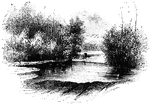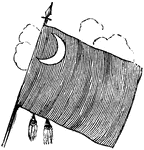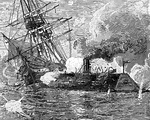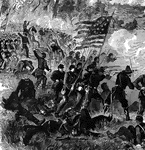
Battle of Chancellorsville
"Battle of Chancellorsville, Sunday, May 3rd, 1863. General Hooker repulsing the attack of the enemy.…
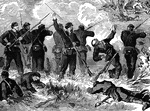
Battle of Chancellorsville
"Battle of Chancellorsville, Sunday, May 3rd, 1863. General Hooker repulsing the attack of the enemy.…
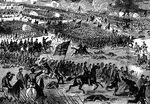
Battle of Champion Hills
"Battle of Champion Hills, May 16th, 1863- the formidable position of General Pemberton carried by Generals…
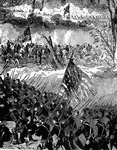
Battle of Champion Hills
"Battle of Champion Hills, May 16th, 1863- the formidable position of General Pemberton carried by Generals…
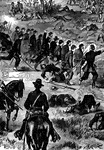
Battle of Champion Hills
"Battle of Champion Hills, May 16th, 1863- the formidable position of General Pemberton carried by Generals…
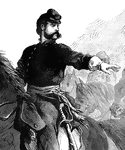
General Burnside
"Major General Burnside assuming command of the Army of the Potomac- issuing orders to his staff. 'Headquarters,…
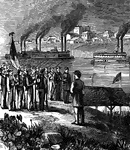
Bellaire
"Bellaire, O.- Steamboats conveying troops and munitions of war for the Federal forces on the Great…
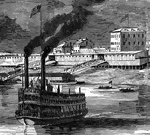
Bellaire
"Bellaire, O.- Steamboats conveying troops and munitions of war for the Federal forces on the Great…
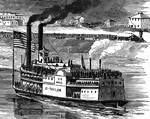
Bellaire
"Bellaire, O.- Steamboats conveying troops and munitions of war for the Federal forces on the Great…
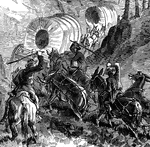
Baggage Train to Falmouth, VA
"Federal baggage train on its way to the army at Falmouth, VA., December, 1862. Our illustration represents…

Baggage Train Wagon
"Federal baggage train on its way to the army at Falmouth, VA., December, 1862. Our illustration represents…

Battle of Antietam
"Battle of Antietam, Burnside's Division, left wing- brilliant and decisive bayonet charge of Hawkins's…

Battle of Antietam
"Battle of Antietam, Burnside's Division, left wing- brilliant and decisive bayonet charge of Hawkins's…
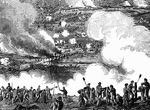
Battle of White Oak Swamp Bridge
"Battle of White Oak Swamp Bridge, Monday June 30th, 1862- Ayres's, Mott's and Randall's batteries checking…

Battle of White Oak Swamp Bridge
"Battle of White Oak Swamp Bridge, Monday June 30th, 1862- Ayres's, Mott's and Randall's batteries checking…
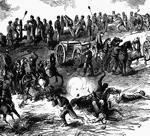
Battle of White Oak Swamp Bridge
"Battle of White Oak Swamp Bridge, Monday June 30th, 1862- Ayres's, Mott's and Randall's batteries checking…
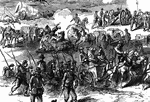
Battle of White Oak Swamp Bridge
"Battle of White Oak Swamp Bridge, Monday June 30th, 1862- Ayres's, Mott's and Randall's batteries checking…
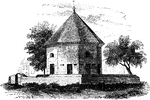
Old Magazine
"The Old Magazine. This view is from the square, looking southeast. South of it is a neat frame building,…
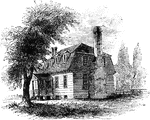
Moore's House
"This is a view from the lawn, looking south. It is a frame building with a brick foundation. At the…
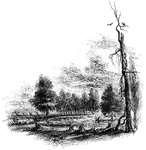
Regulator Battle-ground
"The Regulator battle-ground. This view is from the south side of the Salisbury Road, which is marked…
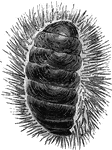
Chiton spinosus
"The Chiton spinosus is bordered by long, black, aculeted spines; found in the South Seas;…
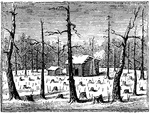
Cowpens
"Scene at the Cowpens. This name is derived from the cirumstance that, some years prior to the Revolution,…

Rugeley's
"View at Rugeley's. This view is from the south side of the bridge. The counterfeit cannon was placed…

Fort Watson
"Site of Fort Watson."—Lossing, 1851 The Siege of Fort Watson was an American Revolutionary War confrontation…

Frederica
"Ruins of Oglethorpe's Barracks at Frederica. This is from a sketch made by W. W. Hazzard, Esq., in…
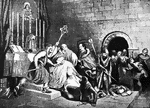
Death of Becket
"Death of Becket. During the early years of the reign Thomas A. Becket, as the king's chancellor, had…

Dutch West India Flag
"Flag of the Dutch West India Company. When the rights of the company ceased, a new and more powerful…

Agami
"A grallatorial bird, a native of South America, often called the golden-breasted trumpeter."-Whitney,…

Cytherea dione
"The posterior being besest by spines, and the sides furrowed with elevated lamellæ. The color…
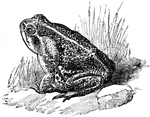
Bufo Toad
"Agua-Toad (Bufo marinus), a very large and common South American toad, with enormous parotid glands."-Whitney,…
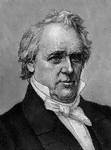
John Brown
In 1859, John Brown collected a small body of men, white and black, in the mountains of Maryland. He…
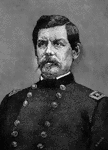
George B. McClellan
"George Brinton McClellan was born at Philadelphia, December 3, 1826. He was for two years a student…
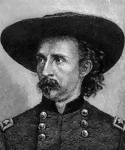
George Armstrong Custer
"George Armstrong Custer, a brilliant cavalry officer, was born at New Rumley, Ohio, December 5, 1839.…
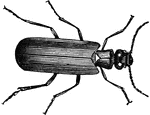
Spanish Fly
"These insects are common in the South of Europe, and are especially abundant in Spain, where they are…
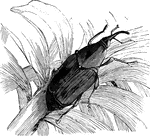
Palm Weevil
"Found in South Ameica, is a very large species, nearly two inches long; it is black, and lives on the…

Aardvark
"Aard-vark is a burrowing insect-eating animal of the order Edentata found in South Africa. The name…
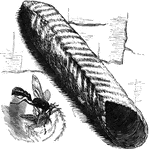
Dauber
"A South American genus, Pelopaeus, allied to the preceeding, is called the Dauber, from its…
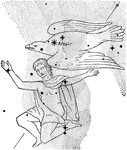
Aquila
"A northern constellation situated in the Milky Way, nearly south of Lyra, and containing the bright…
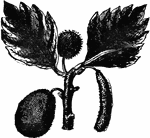
Breadfruit
"The breadfruit is a large, globular fruit of a pale-green color, about the size of a child's head,…
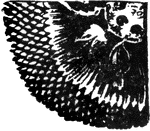
Breadfruit Fruit
"The breadfruit is a large, globular fruit of a pale-green color, about the size of a child's head,…

Cacao Plant
"Cacao, or cocoa, is the chocolate tree, and also the powder and beverage made with it obtained from…
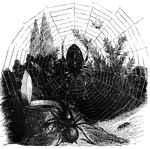
Garden-spider and trap-door spider
"Some spiders, like the Ctenizae, close the mouth of their subterranean resdence with a most…

Mygale
"The spiders with which we in temperate climates are most acquainted are of small size, but in hot regions…
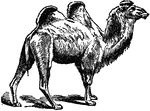
Camel
"Camel is a genus of ruminant quadrupeds, characterized by the absence of horns; a fissure in the upper…

Chinchilla
"Chinchilla is a genus of South American herbivorous rodents very closely allied to the rabbit, which…
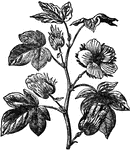
Cotton Plant
"Cotton is a vegetable hair or filament constituting the wing of the seed of the different species of…
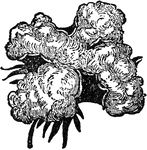
Cotton Flower
"Cotton is a vegetable hair or filament constituting the wing of the seed of the different species of…
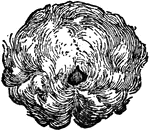
Cotton Flower
"Cotton is a vegetable hair or filament constituting the wing of the seed of the different species of…
!["The largest diamond ever found in Brazil weighed 254 and a half carats, and was discovered in 1853 by a [African-American] in the river Bogageno; it is known as the "Star of the South." It was sold to the Gaekwar of Baroda for $450,000."—(Charles Leonard-Stuart, 1911)](https://etc.usf.edu/clipart/15100/15121/starsouth_15121_mth.gif)
Star of the South Diamond
"The largest diamond ever found in Brazil weighed 254 and a half carats, and was discovered in 1853…
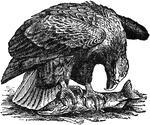
Sea Eagle
"Eagle is a name given to many birds of prey in the family Falconidæ. The golden eagle, the white-headed…
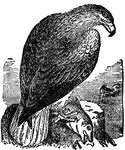
Erne
"The Erne is one of the 'bare-legged' eagles. The genus includes some seven species, represented apparently…
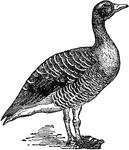
Wild Goose
"Goose is the name of a well-known family of natatorial birds. The domestic goose is believed to have…

Badge of the Grand Army of the Republic
"The Grand Army of the Republic was a patriotic organization in the United States composed of the National…

Badge of the Grand Army of the Republic
"The Grand Army of the Republic was a patriotic organization in the United States composed of the National…

Tinamou
"Tinamou is the name given to a genus and family of birds occurring in South America, and allied in…
